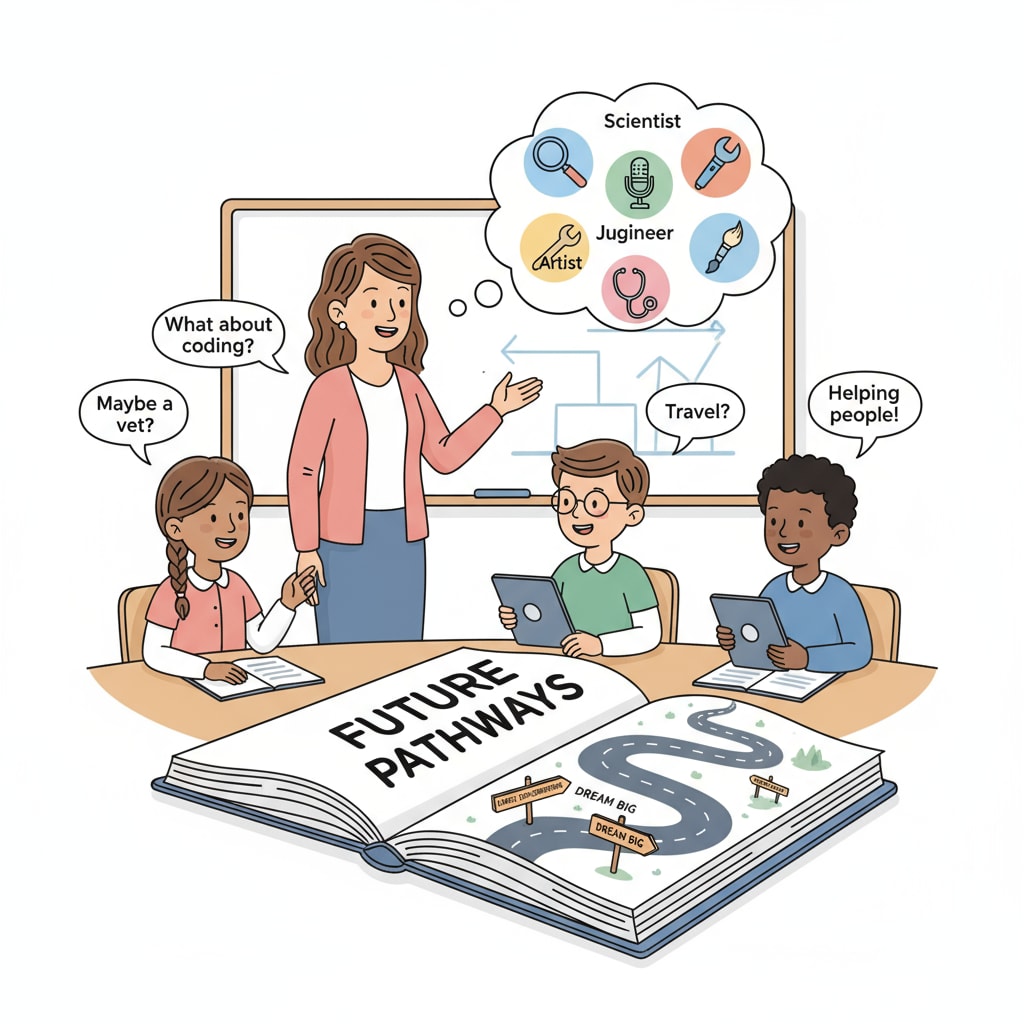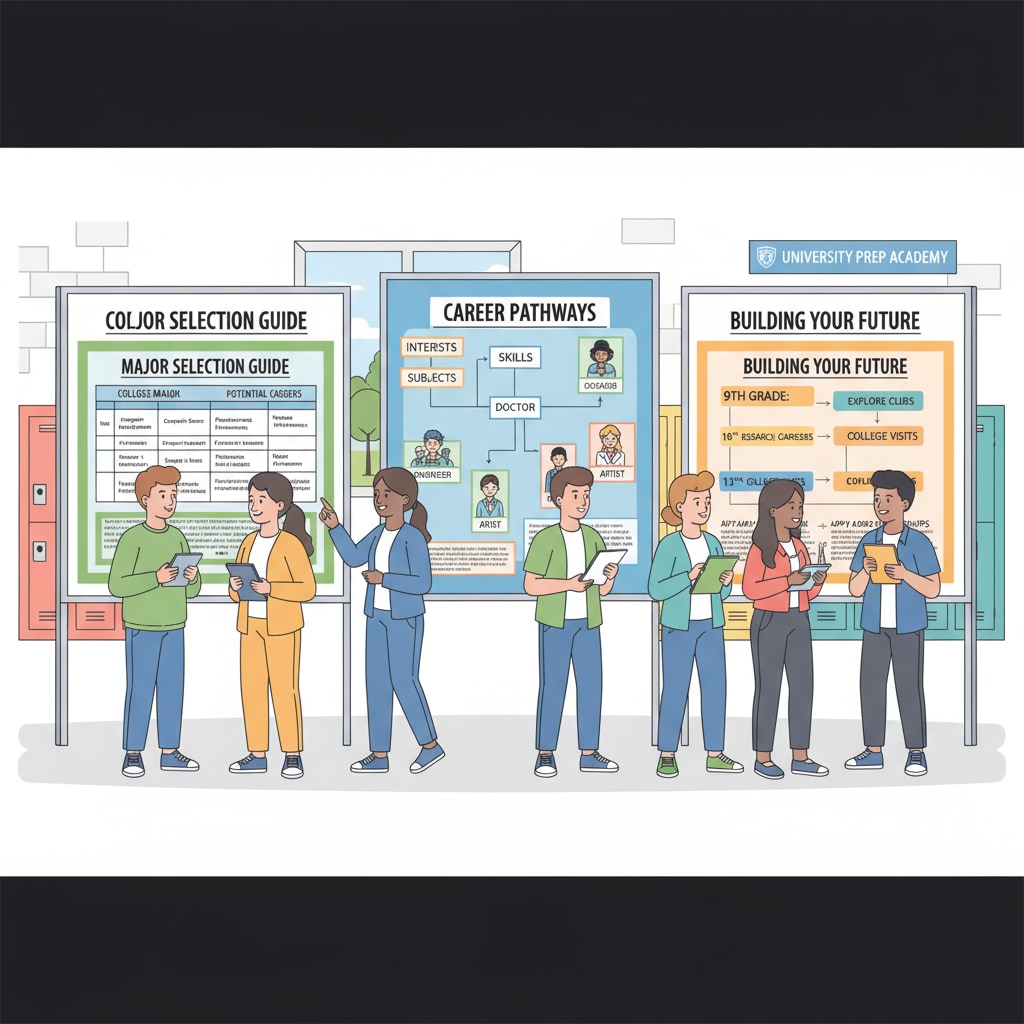Major selection, career planning, and interest exploration are crucial aspects that high school students often grapple with. As they stand at the crossroads of their academic and professional lives, the decisions they make can have a profound impact on their future. In the current educational landscape, many students find themselves in a state of confusion when it comes to choosing a college major and mapping out their career paths. This article aims to shed light on these issues and provide practical solutions.

The Dilemma of Major Selection
One of the primary challenges students face is the lack of clear direction when choosing a major. With a vast array of options available, from liberal arts to STEM fields, it’s easy for them to feel overwhelmed. Many students make decisions based on external factors such as parental expectations, job prospects, or peer influence, rather than their true interests. This often leads to dissatisfaction and a sense of disillusionment later on. For example, a student who is passionate about art may choose a business major because of the perceived financial stability, but end up feeling unfulfilled in their studies. According to National Center for Education Statistics, a significant number of students change their majors at least once during their college years.
The Void in Career Planning during K12
Another contributing factor to this confusion is the limited focus on career planning in K12 education. While academic subjects take center stage, there is a lack of emphasis on helping students understand different career options and how their academic choices align with them. As a result, students often graduate from high school with little knowledge of the job market or the skills required for different professions. This lack of awareness can make it difficult for them to make informed decisions about their future. In addition, many schools do not provide adequate resources or guidance in this area. For instance, only a few schools offer career counseling services on a regular basis. Britannica’s article on education highlights the importance of integrating career planning into the K12 curriculum.

To address these issues, a more systematic approach to interest exploration and career awareness is needed. By starting early, students can gain a better understanding of their passions, strengths, and values, which can then guide them in making more informed decisions about their majors and careers. This could involve activities such as internships, volunteer work, and career shadowing, which allow students to experience different fields firsthand. For example, a student interested in medicine could shadow a doctor to get a sense of what the profession entails. In addition, schools and parents should play an active role in providing support and guidance. Schools can offer more career-related courses and workshops, while parents can encourage their children to explore different interests and help them research potential career paths.
Readability guidance: This article uses short paragraphs to convey ideas clearly. Each section presents key points in a straightforward manner. Passive voice is used sparingly, and long sentences are kept to a minimum. Transition words like “however”, “therefore”, and “in addition” are used to enhance the flow of the text.


